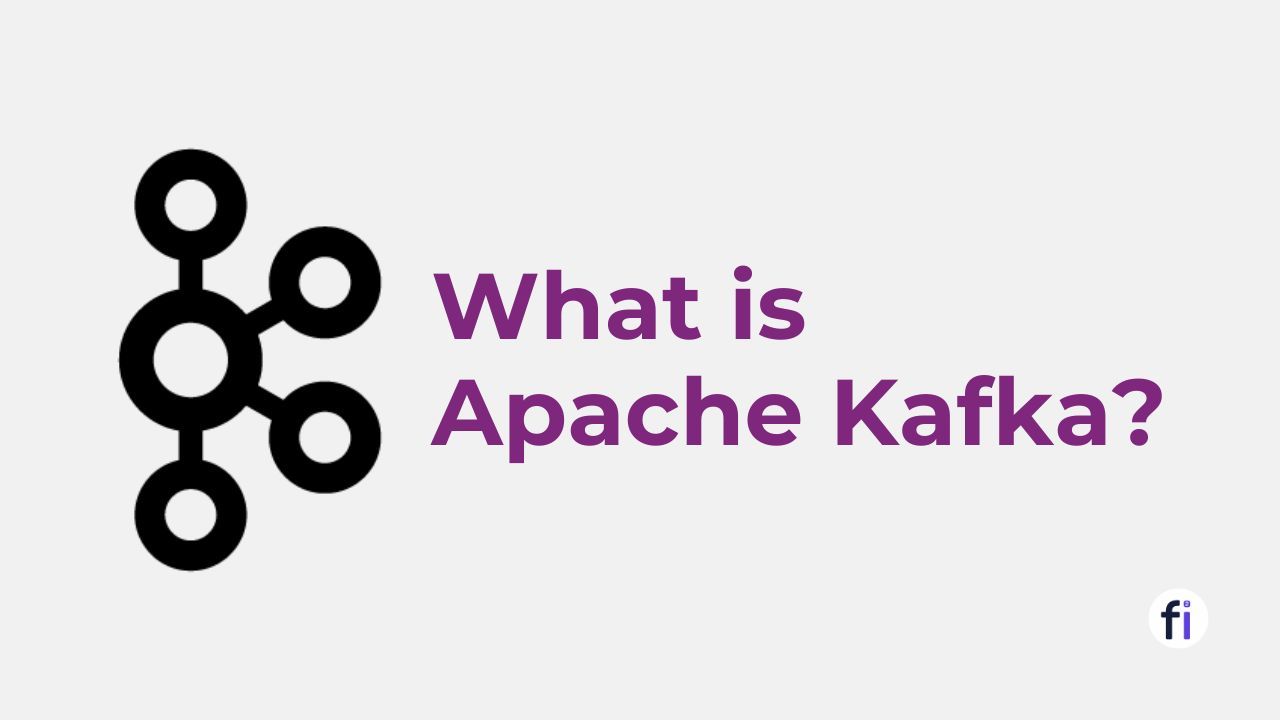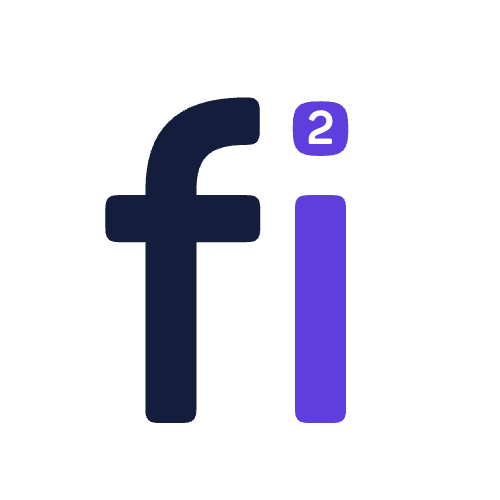What is LangChain Framework? + Example
LangChain is an end-to-end framework for building large language model applications, making it easier and more affordable.

The world of LangChain, an innovative framework that enables the building of large language model applications. We will explore the core concepts of LangChain and explain how you can use this framework to create your own language models. So, let's first understand LLM & NLP!
🐦 🔗 What is LangChain?
Language models have become increasingly popular in recent years due to the growing demand for natural language processing (NLP) applications. However, building a language model from scratch can be a daunting task, requiring significant resources and time. This is where LangChain comes in – a novel framework that simplifies the process of building large language models. LangChain enables developers to create custom models with a high level of accuracy and efficiency, allowing for the development of cutting-edge NLP applications.

● Core Concepts of LangChain
- Chain-based approach: LangChain utilizes a chain-based approach to build language models. This means breaking down language into smaller fragments or “chains” and then using these chains to build the model. This approach allows for the creation of highly accurate models that can handle complex language tasks.
- Recursive neural networks (RNNs): LangChain uses RNNs to process and analyze language data. RNNs are a type of neural network that can handle sequential data, such as language. They are particularly useful for language modeling as they can capture context and dependencies between words.
- Transfer learning: LangChain utilizes transfer learning to improve the efficiency and accuracy of language models. Transfer learning involves training a model on one task and then transferring the knowledge gained to another related task. This approach can significantly reduce the amount of data and computational resources required to build a language model
- Agents: An agent is a type of chain that can make decisions about which steps to take next. Agents are useful for tasks that require some level of intelligence or planning.
- Memory: Memory is a way to store state between calls to a chain or agent. Memory can be used to keep track of information that is needed for later steps.
» LangChain Features
- A simple API that makes it easy to use LLMs.
- A variety of tools and abstractions that make it easy to perform common tasks.
- A large library of pre-trained LLMs that can be used for a variety of tasks.


Recommend for you
Building Your Own LangChain Model
With Example

To build your own LangChain model, you'll need to have a basic understanding of neural networks and machine learning. You will also need to familiarize yourself with LangChain's chain-based approach and RNNs (Recurrent neural network ). Once you have the necessary knowledge, you can begin building your own custom model using the LangChain framework. The LangChain documentation provides comprehensive instructions and examples to help you get started.
To build your own LangChain model, you will need to follow these steps:
1. Install the LangChain library
You can install the LangChain library using pip:
pip install langchain
2. Choose a pre-trained LLM
LangChain supports a variety of pre-trained LLMs, including GPT-3, Jurassic-1 Jumbo, and Megatron-Turing NLG. You can choose the LLM that best suits your needs.
3. Create a chain
A chain is a sequence of steps that are performed by an LLM. To create a chain, you will need to define the steps that you want the LLM to perform. For example, you could create a chain that generates text, summarizes text, or answers questions.
4. Train the chain
Once you have created a chain, you will need to train it. Training a chain involves feeding the chain a large amount of data and allowing it to learn how to perform the steps that you have defined.
5. Use the chain to generate text.
Once you have trained a chain, you can use it to generate text. To do this, you will need to provide the chain with a prompt. The prompt is a piece of text that tells the chain what kind of text you want it to generate.

Example
How to build a LangChain model that generates text
1. Install the LangChain library
pip install langchain
2. Choose a pre-trained LLM
We will use the GPT-3 LLM.
3. Create a chain
Our chain will have two steps:
- Generate text.
- Summarize the generated text.
Here is the code for the chain:
import langchain
chain = langchain.Chain()
chain.add_step(langchain.GenStep(model="gpt3"))
chain.add_step(langchain.SumStep(model="gpt3"))
4. Train the chain
We will train the chain on a dataset of text.
chain.train("data/text.txt")
5. Use the chain to generate text
We can use the chain to generate text by providing it with a prompt.
prompt = "Write a poem about a tree."
text = chain.generate(prompt)
print(text)
This will generate a poem about a tree.
Output
The tree is tall and strong,
Its roots reach deep into the ground.
Its leaves are green and lush,
They provide shade from the sun.
The tree is a symbol of life,
It stands strong against the wind and rain.
It is a home for many creatures,
A place to rest and play.
The tree is a gift from nature,
It is a reminder of our connection to the earth.
Here is an example of the output
This is just a simple example of how to build a LangChain model. You can use LangChain to build a variety of models that can generate text, summarize text, answer questions, and more.
😃 Summary
LangChain is a powerful framework that simplifies the process of building large language models. Its chain-based approach, use of RNNs, and transfer learning make it an efficient and accurate tool for creating custom language models. With LangChain, developers can create cutting-edge NLP applications with ease. So, if you're looking to build your own language model, give LangChain a try!



🐦🔗 What is LangChain?
— Anurag Vishwakarma | अनुराग विश्वकर्मा (@anurag_30) May 22, 2023
🤔 It's a framework designed to simplify the creation of applications using large language models (LLM).
🚀 Check out the thread for more details! 👇#langchain #LLM #NLP #ArtificialIntelligence
FAQs
What is LangChain?
LangChain Framework is a software framework for building and deploying large language models.
What are the benefits of using LangChain Framework?
LangChain offers a number of benefits, including - A simplified development process, Improved performance, Increased flexibility & Scalability.
What are the limitations of LangChain Framework?
LangChain Framework is still under development, so there are some limitations to its capabilities. For example, LangChain Framework is not yet able to handle all types of natural language processing tasks.
What are some examples of applications that can be built with LangChain?
LangChain can be used to build a wide variety of applications, including:
- Chatbots
- Question answering systems
- Summarization tools
- Content generators
- Translation tools
- Data analysis tools
What programming languages does LangChain Framework support?
LangChain Framework supports a variety of programming languages, including Python, Java, and C++.
Who are the target users for LangChain Framework?
LangChain Framework is designed for a variety of users, including:
- Researchers: LangChain Framework can be used by researchers to develop new natural language processing algorithms.
- Developers: LangChain Framework can be used by developers to build natural language processing applications.
- Businesses: LangChain Framework can be used by businesses to improve their natural language processing capabilities.
Keywords: LangChain, LanguageModel, LargeLanguageModel, NLP, NaturalLanguageProcessing, AI, ArtificialIntelligence, MachineLearning, DeepLearning, NeuralNetworks, TextGeneration, LanguageGeneration, LanguageAI, LanguageApplications


